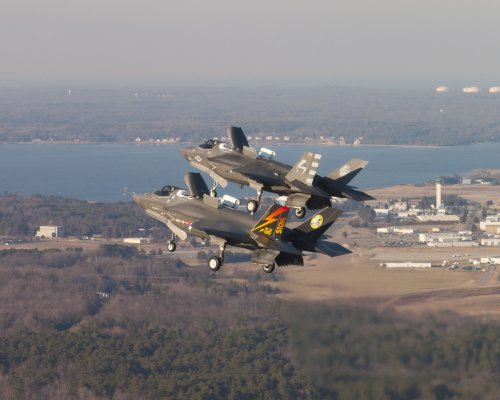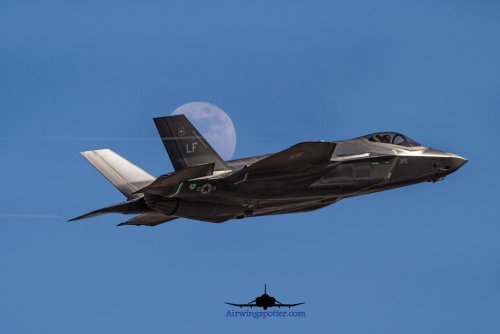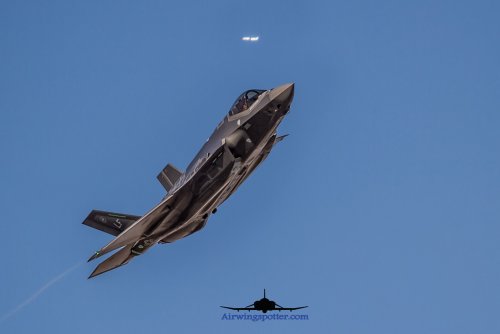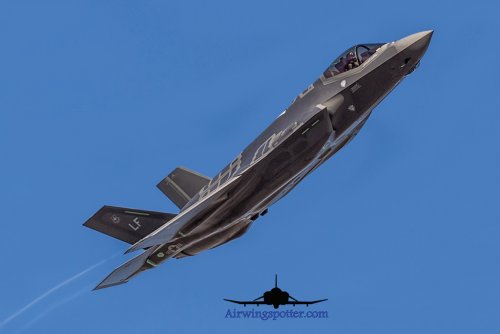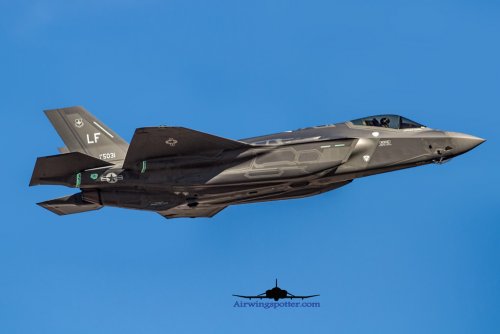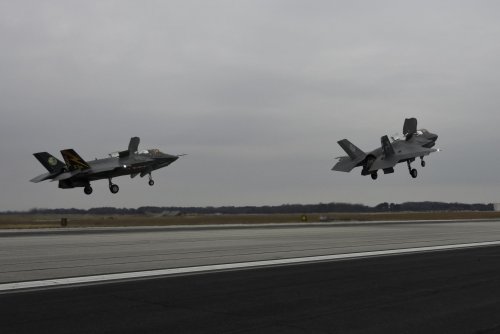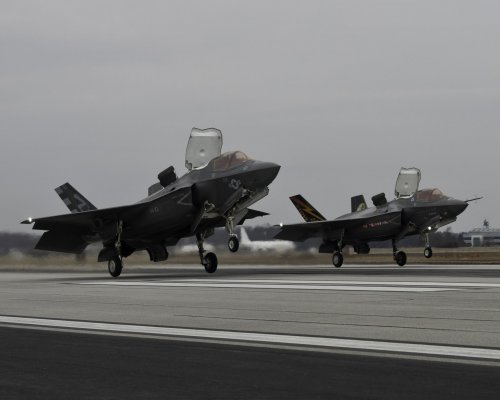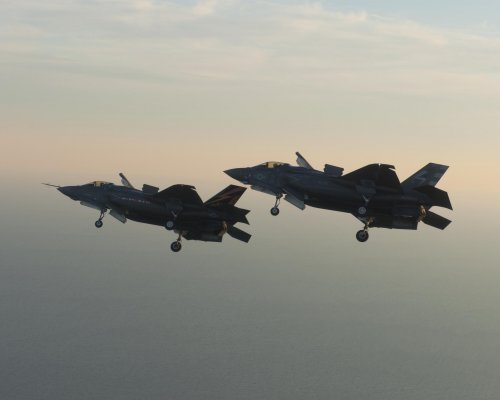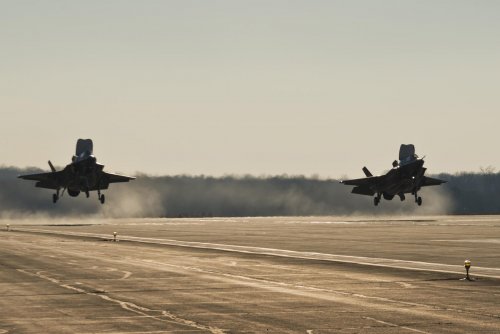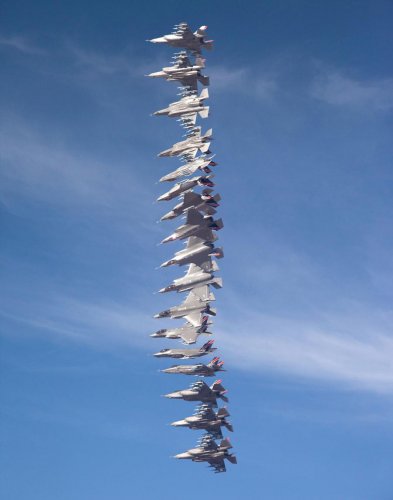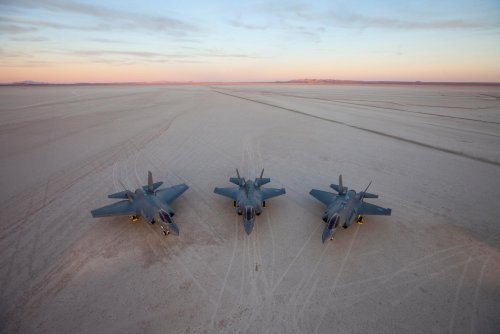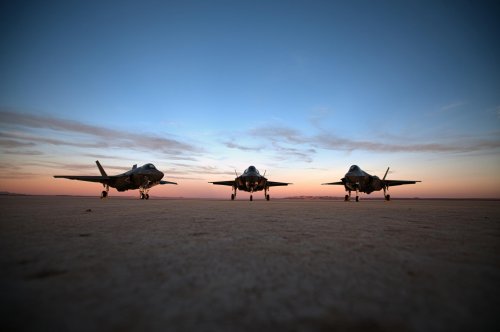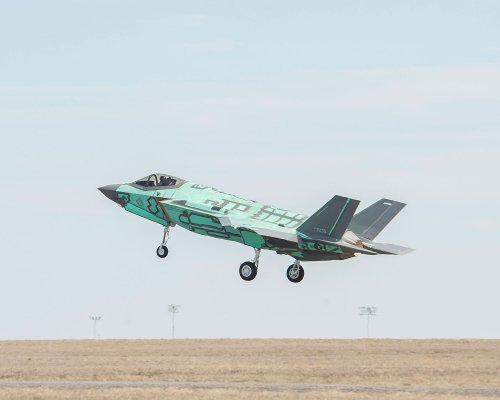"Exclusive: Mitsubishi Heavy in talks to become F-35 supplier, seeks Japan subsidy: sources"
by Tim Kelly and Nobuhiro Kubo
TOKYO Mon Jan 27, 2014 4:02am EST
Source:
http://www.reuters.com/article/2014/01/27/us-mhi-f-35-export-idUSBREA0Q0C920140127
by Tim Kelly and Nobuhiro Kubo
TOKYO Mon Jan 27, 2014 4:02am EST
Source:
http://www.reuters.com/article/2014/01/27/us-mhi-f-35-export-idUSBREA0Q0C920140127
(Reuters) - Mitsubishi Heavy Industries is in advanced talks to supply parts for the F-35 stealth fighter to Britain's BAE Systems, in what would be the first involvement of a Japanese manufacturer in a global weapons program, according to people with knowledge of the discussions.
Any agreement on such a groundbreaking deal hinges in part on whether Tokyo will subsidize the manufacture of components for the rear fuselage of the fighter that Mitsubishi Heavy is seeking to supply as a subcontractor, the three sources said.
Mitsubishi Heavy, which made the famous Zero fighter in World War Two, has already won a contract worth more than $620 million for final assembly for the 42 F-35 jets now on order by Japan's military.
A deal to become a second-tier supplier for the Lockheed Martin F-35 would deepen Mitsubishi Heavy's ties to a project to deliver a fighter jet that the United States and allies plan to use for decades.
It would also mark a break with Japan's self-imposed curbs on military exports at a time when Prime Minister Shinzo Abe is pushing to bolster the self-reliance of Japan's military amid rising regional tensions with China.
Japan's defense ministry and Mitsubishi Heavy declined to comment. Mark Ritson, a spokesman for BAE, said the company had been involved in discussions about "potential subcontracting" opportunities for Mitsubishi Heavy with Lockheed Martin. He said those discussions were ongoing but declined to comment on details.
People with knowledge of the discussions said BAE and Mitsubishi Heavy had largely agreed terms on what work and technology would be transferred under the potential deal.
The remaining problems are economic. Without a subsidy, Mitsubishi Heavy would struggle to make components for BAE without incurring a loss, the sources said. Under its current contract, Mitsubishi Heavy plans to complete manufacture of the first F-35 for Japan's Self-Defence Forces in 2017.
BAE is responsible for manufacturing the fighter jet's rear fuselage, part of its design to make it harder to detect in flight, which accounts for 15 percent of its construction.
The fuselage construction is expected to be worth billions of dollars if global forecasts for F-35 sales hit projections.
The other countries in the nine-nation consortium building the plane are Italy, Turkey, Canada, Australia, Denmark, Norway and the Netherlands.
SEEKING A DEEPER ROLE
It was not clear whether the Abe administration will give Mitsubishi the subsidies it wants. Japan's government has been seeking a deeper role for its suppliers in the F-35 program since 2011, when the previous government announced it had selected the jet as its next-generation fighter.
The immediate priority for defence officials remains ensuring Mitsubishi's plans for a Nagoya-based plant to assemble the F-35's for use in Japan remain on track, one source said.
Any subsidies for Mitsubishi Heavy would have to come out of funding for Japan's Ministry of Defence. Lockheed Martin, BAE and other members of the F-35 consortium are enthusiastic about Mitsubishi Heavy's participation in the wider program, but not if it means relenting on tight controls on production costs, another of the sources with knowledge of the talks said.
So far, Japan's government has budgeted just over $620 million for Mitsubishi Heavy's F-35 assembly plant. IHI Corp has been allocated about $175 million to build engine parts for the jet while another roughly $55 million has been awarded to Mitsubishi Electric to build radar components.
In all three cases, those contracts relate to F-35s that will be flown by Japan's Self-Defence Forces rather than the wider F-35 program.
A deal for Mitsubishi Heavy to become a global supplier to Lockheed Martin could pave the way for the participation of other Japanese manufacturers in the wider F-35 program.
Japan so far plans to buy 42 F-35s, dubbed the Joint Strike Fighter. Analysts expect it to acquire as many as 100 more to replace older Boeing Co F-15s.
The Pentagon expects to spend $392 billion to develop and build 2,443 of the stealth aircraft. Orders for the F-35 from other countries could bring the total global fleet to more than 3,000 aircraft, although the program has been beset by delays and cost over-runs.
Although gradually eased over the past several years, successive Japanese governments have upheld a ban on military exports since the 1960s. Critics have said that means Japan's defence spending is hobbled by inefficiencies since it relies on domestic suppliers that lack the scale of competitors in the United States and Europe.
Abe has taken steps to bolster Japan's military and approved the biggest percentage increase in defence spending in almost two decades for the coming fiscal year.
In a break with precedent, the Abe administration is also pushing for sales of military aircraft overseas with possible low-interest state loans or even development aid to entice buyers.
Kawasaki Heavy Industries plans to market its new C-2 military cargo plane as a repurposed civilian transport aircraft, while Shinmaywa Industries' is in talks to sell the Indian government its US-2 amphibious aircraft.
($1 = 102.3550 Japanese yen)

